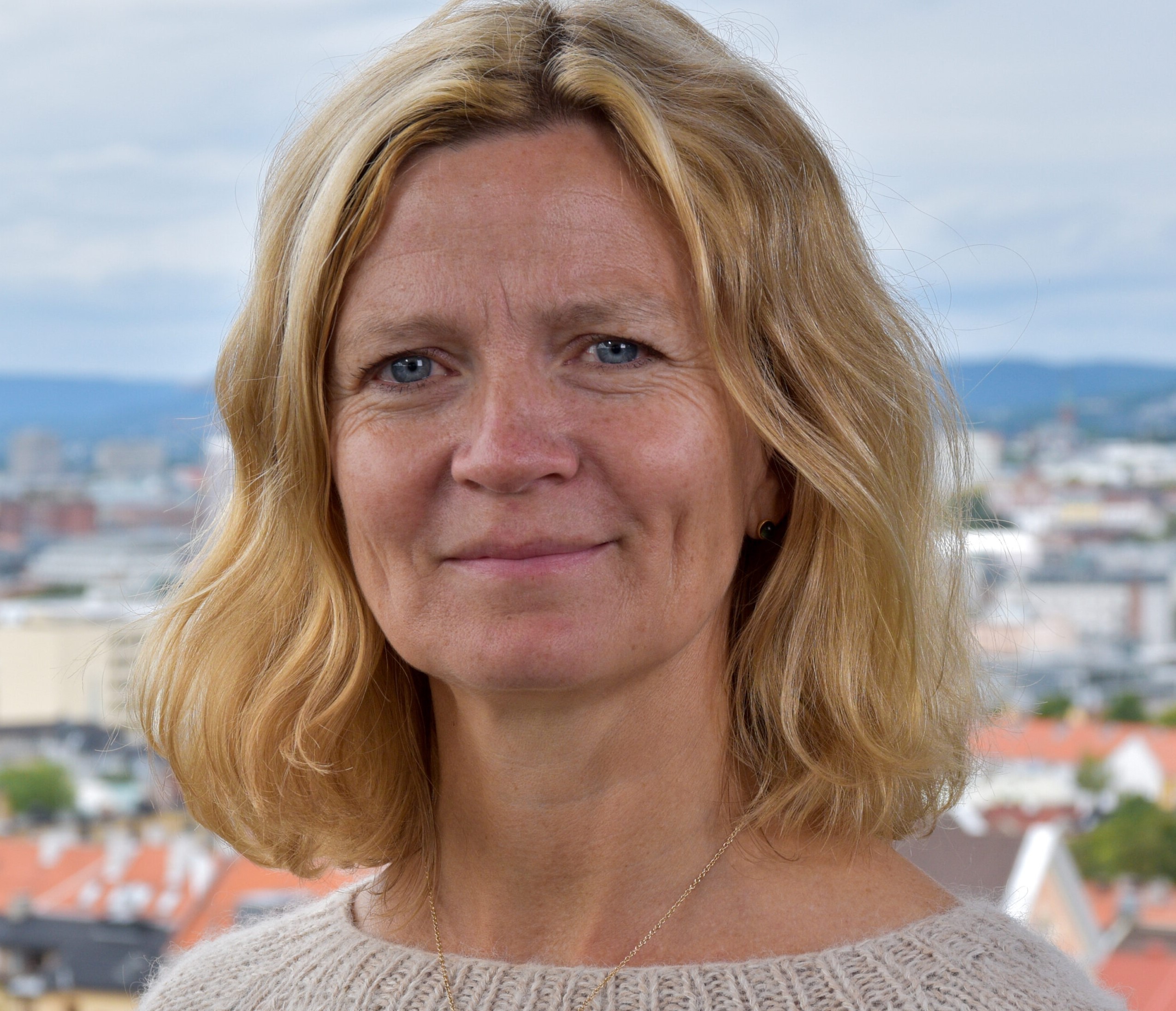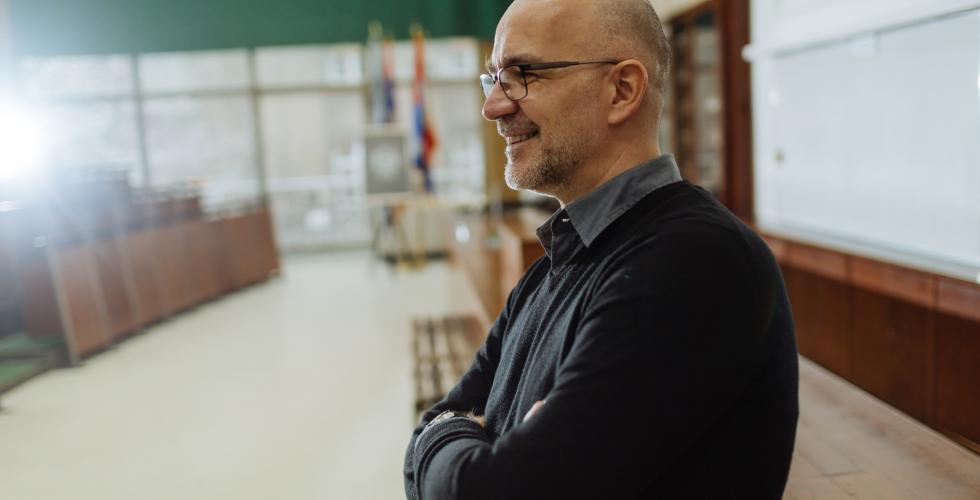Similarities and differences in German and Norwegian academia
PhD fellows and postdocs in Norway spend more time on research than their German colleagues. This time use survey could give us an idea of why.
Women make up about half of all researchers and academic staff at Norwegian universities, university colleges and research institutes. However, only one third of professors are women, so there is still some way to go to achieve gender balance in academia, and increasing attention is now being paid to structural imbalances.
One of the differences concerns what researchers and academics spend their time on: Who follow up students, who serve on appointment committees, and who spend their time focusing on the great challenges of our time or their chosen field?
The article ‘Gendered Time Use Patterns in Academic Activities Among Researchers in Germany and Norway’ focuses on how academics in Norway and Germany spend their time, broken down by gender, position and discipline.
Position and discipline most important factors
Perhaps many of us imagine that, due to gender roles and structures, women are stuck with the necessary, but unglamorous, duties of teaching and following up students to a greater extent than their male colleagues.
However, Kaja Wendt of Statistics Norway (SSB) and the Nordic Institute for Studies in Innovation, Research and Education (NIFU) and Eirik Øye of SSB can quickly dispel the notion that female academics in the two countries studied are relegated to academic care and secretarial work.
“We find the strongest predictors of the amount of time spent on research to be the researchers’ career stage and which discipline they work in,” says statistician Eirik Øye.
“Gender differences at an overall level can largely be explained by the genders’ representation in the different subgroups,” he says.
At first glance, female researchers in Norway appear to spend somewhat more time on research than their male colleagues. This is not because Norway has reversed the traditional gender differences.
On the contrary, it is because women are underrepresented among professors, who generally do not do much research, and overrepresented among PhD research fellows and postdoctoral fellows, who state that they spend most of their time on research and not much time teaching.
”This is the “gold” in this study – the fact that we are able to look closely at the details and make relevant comparisons. However, the small size of some groups means that we must be careful when it comes to drawing firm conclusions based on these findings,” says Øye.

German ‘doctoral fathers’ versus the Norwegian norm
Although the Norwegian gender differences change as you zoom in, they do not disappear entirely.
When comparisons are made between men and women holding the same type of position in the same discipline, it is not longer the women who spend more time on research. The authors’ overall conclusion is that male researchers generally spend somewhat more time on research than their female colleagues.
In many of these comparisons, however, the differences are fairly small, in the order of an hour or two or perhaps only minutes per week. Moreover, sample sizes are small and individual variation high when one type of position is considered in isolation.
There is even more variation in the data behind the averages in Germany, but here, individual differences are not the only explanation. Senior Adviser Kaja Wendt explains that the German states have different structures in place for academic work, and that the fellows’ superiors are also given more leeway in Germany.
“In Germany, many have what is known as a doktorvater (‘doctoral father’, editor’s comment), who is both the supervisor and the employer of the doctoral students.”
“This sounds quite alien to us when compared to the Norwegian way of organising a PhD, whereby most research fellows are accepted to a doctoral degree programme and employed in a PhD position where their employment relationship is with the department and the educational institution,” she says.
Part-time in Germany, full-time in Norway
There are many similarities between Norway and Germany, both in terms of how academia and research are organised and when it comes to what researchers spend their time on. However, this study highlights some clear differences between the two countries. One of them is that in Norway, researchers generally spend more of their time doing research, particularly at the research fellow and postdoctoral levels.
“In recent years, we have seen considerable growth in the number of scholarly articles published from Norway, among other things as a result of funds being earmarked for PhD positions. This has increased the number of doctoral research fellows and thus boosted Norway’s position as a research nation,” says Wendt.
In Norway, the norm is for doctoral research fellows and postdoctoral fellows to work in what is effectively temporary full-time positions, while part-time arrangements are more common in Germany. This, in combination with Norway’s more active gender equality policies, could help to explain why women make up a higher proportion of researchers here.
Wendt is of the opinion that the above-mentioned form of employment and organised research fellowships have been important in making it easier for women to engage in research. She also points to factors such as promotion to professor based on qualifications, mentor schemes, the requirement for action plans for gender equality and the establishment of the Committee for Gender Balance and Diversity in Research as contributing to promote gender balance among academic staff in Norway.
German mothers work less
The figures for Germany show that female researchers with children work less than their childless peers, on average five hours less per week. We do not see the same effect for their male colleagues, who work about the same number of hours regardless of whether or not they have children.
However, both men and women spend less time on research and more time teaching if they have children.
“What do you think is the reason why German researchers with children spend more time teaching?”
“We don’t know, but it is possible that teaching is a more structured type of work and that the research time is the first thing to go when they gave to prioritise. This discussion is also familiar from Norway,” says Wendt.
We don’t know whether children affect the amount of time spent on research or whether such gender differences exist in Norway. However, Wendt is planning to do something about that.
“Statistics Norway will distribute the next time use survey to academic staff at institutions of higher education in April, and this survey will include questions about parental responsibility,” she says.
No children at the top?
Some research communities stand out. The trend in Germany is for female professors to do a little less research than their male counterparts and spend somewhat more time teaching.
However, these gender differences in time use are not found in the boys’ club of STEM (science, technology, engineering and mathematics) disciplines, where male respondents outnumbered female by more than four to one in the German survey. In Norway, STEM disciplines resemble the other disciplines in that male professors on average do slightly more research than female ones.
In their article, the researchers speculate as to whether this somewhat surprising gender equality in Germany could be due to a selection effect, meaning that women who make it to the top in these male-dominated disciplines share some characteristics that allow them to do well here.
“What does this selection effect consist of?”
“This is pure speculation, but it may seem that they largely adapt to the research culture and perhaps more often choose a life without children. Also, Germany has taken special measures to improve gender equality in these disciplines,” says Wendt.
“With such small sample sizes in some groups, we should be careful about drawing conclusions,” says Øye.
Translated by Totaltekst.
In the article ‘Gendered Time Use Patterns in Academic Activities Among Researchers in Germany and Norway’ (January 2025), researchers from the Nordic Institute for Studies in Innovation, Research and Education (NIFU), Statistics Norway (SSB) and the International University of Applied Sciences in Berlin have looked into what researchers in Norway and Germany spend their time on, broken down by gender, position and disciplines.
Differences in data:
The time use surveys for Germany and Norway differed in several questions, for example about parental responsibility. That question was included in Germany, but not in Norway. A follow-up survey will be conducted in Norway in April this year.
Two of the authors, Kaja Wendt and Eirik Øye, tell us that the differences make it more difficult to compare certain factors between the two countries.
Another difference is that the content of the rather large category ‘other activities’ differs between the two surveys. This category takes up just over 40 and 25 per cent of the researchers’ time in Germany and Norway, respectively. In Norway, this includes museum-related and artistic activities, while the German survey specifies management and funding.
Read more about this survey at NIFU






